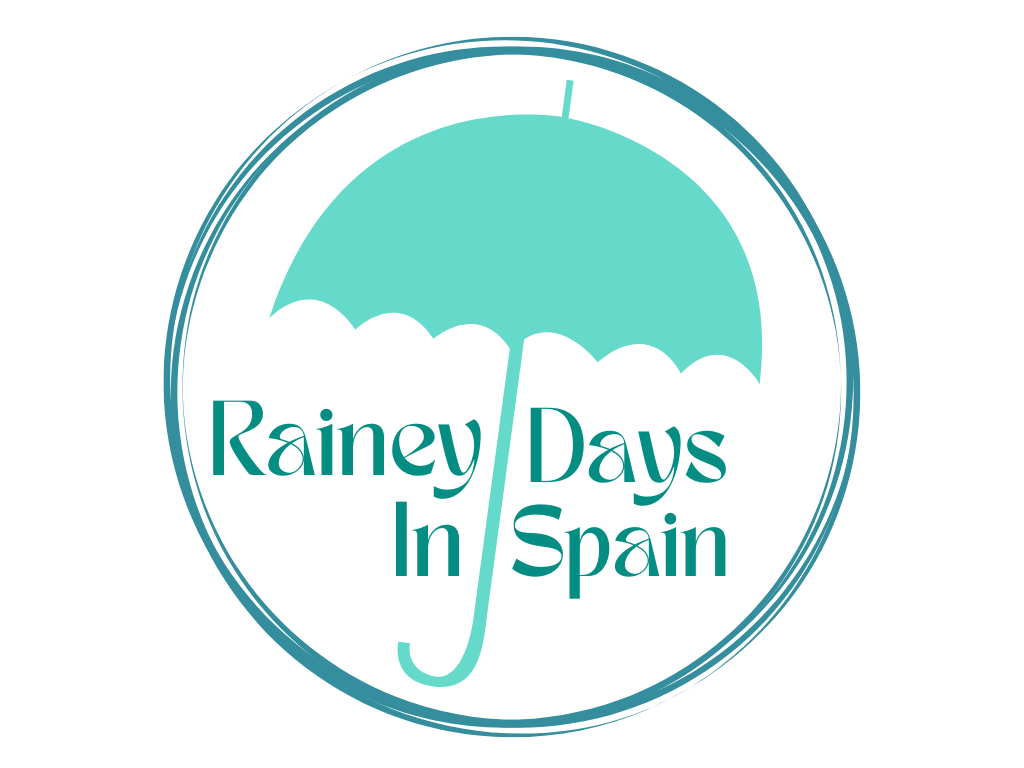G is for Gazpacho
In our Spanish culture segment, which I have been working through A to Z, we’re up to G which is for gazpacho. This month I’m giving you a basic recipe (I’m not a food blogger, so there’s no fancy nutritional info—sorry!) Further down this page, you can click on a video and see me actually making it. Of course I add the disclaimer: I am not a professional chef—nor am I a professional video maker!
Gazpacho comes from the southern Spanish region of Andalusia (it occurs to me now that many of my Spanish culture choices come from that same region. Some of that is because it’s truly the heart of Spanish history, and some of it may be because I just really love all the time that I’ve spent there!). As I’ve shared, Spain gets incredibly hot in the summer, making gazpacho the perfect way to cool down while still getting all of your nutrients. It’s basically a liquid salad, but more festive and flavorful!
Every peasant garden in the south of Spain would contain these simple ingredients, and you can find them all easily at your local grocery, too. Tomatoes are the base of gazpacho, and of course, that’s gonna be your strongest flavor! Therefore, it’s very important that you get the ripest tomatoes that you can find so that you have the great flavor. You definitely want to be able to squeeze them so that the flash of the tomato is almost mushy. Homegrown tomatoes will surely be delicious! The same principle applies to your extra virgin olive oil; if you skimp on quality, the flavor of your dish will reflect that.
True gazpacho should have a little bit of a zing to it, that comes from the Spanish sherry. So if you’re choosing to use red wine vinegar instead of the sherry you may notice that it doesn’t quite have a zip to the flavor. It may take a time or two to get the balance right, but once you understand what really defines the gazpacho then you can play around with the garnishes and experiment a little bit more with what is essentially a very healthy summer “starter.”
Ingredients:
▢ 6-7 tomatoes, VERY ripe
▢ 1 green Italian pepper the long type, not a bell pepper
▢ 1 cucumber, peeled completely
▢ ½ of a small white onion
▢ 1 clove of garlic not too big (you can add a second if you like garlic)
▢ a piece of French bread (3 or 4 inches)
▢ 1/4 cup Extra Virgin Olive Oil
▢ Three tbsp of Sherry vinegar (Vinagre de Jerez), although red wine vinegar can be substituted.
▢ A teaspoon of salt - at least! (I use pink Himalayan salt)
▢ water if you need to thin it a bit
▢ Optional: diced cucumber diced green apple, diced onion, diced pepper, croutons, bacon crumbles, etc. for topping
Cooking Instructions: wash all the vegetables prior to beginning.
Cut the tomatoes into 4 slices (leaving the core behind) and put into your blender. You don’t need to peel them unless you prefer that.
Cut the pepper into chunks, tossing the core and seeds.
Peel the garlic and slice it in half.
Cut the onion into a few slices and add it to the blender too.
Peel the cucumber and cut it in chunks, before adding it to the mix.
Puree the vegetables completely.
Add the salt and vinegar and, while blending on a slow speed, slowly add the olive oil. Oil will cause a little slick to the top; that’s normal.
Taste the soup and add salt if needed. Add water if it’s too thick. It’s normal to have an orange color, rather than a rich red. Don’t be dismayed if yours is pinky/orange.
Chill and serve VERY cold! If you want to be fancy, add some toppings.
Just for fun - an amateur attempts a classic Spanish recipe!

